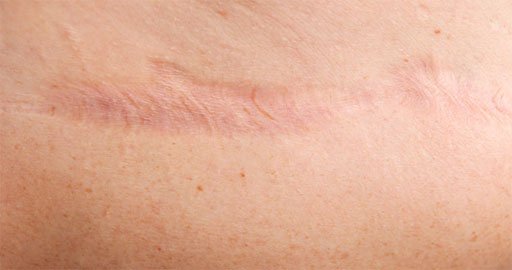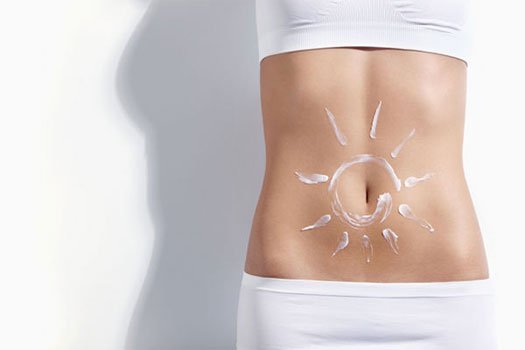The sun can worsen the appearance of scars and their development, making dark blemishes appear on the edges, increasing this undesirable aesthetic effect further. IML recommends some basic care, both for recent scars and older ones, to prevent them from worsening over the summer. If you would like personalised information of the most appropriate dermatology treatment for you, request a first free informative consultation with one of our expert physicians in Dermatology.
The first step in choosing the most effective method for treating scars consists of identifying the type of scar:
 Atrophic scar
Atrophic scarBefore practising extreme sports, such as water skiing or kitesurfing, wait at least four weeks after removal of the stitches and always protect the area to prevent aggressions or blows.

Sunscreen on the scar
Would you like more information about scars treatment? Contact Instituto Medico Laser now.